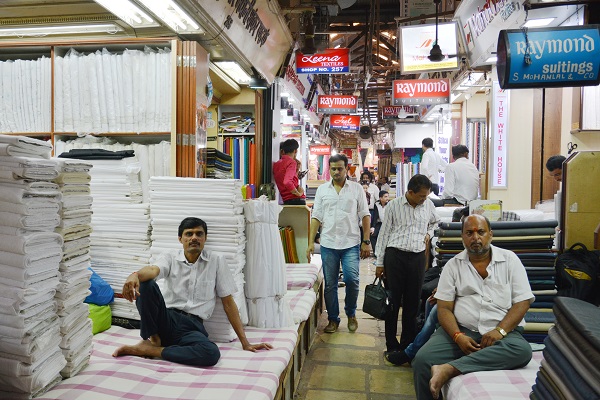.png)

Srinivasa Rao, ex-Economic Advisor at Finance Ministry, spent 28 years in IES, and now heads strategy at Bajaj Finserv.
August 23, 2025 at 6:59 AM IST
India’s Goods and Services Tax, introduced in July 2017, replaced a maze of levies with a single unified system. It was billed as the country’s most ambitious indirect tax reform, creating one market across states and cutting compliance costs. On its eighth anniversary this July, GST stood at a crossroads, stable at a 6.7% share of GDP but struggling to gain fresh momentum.
Prime Minister Narendra Modi has now promised a fresh round of GST reforms. In his Independence Day address, he announced that by Diwali the government would unveil changes to simplify the rate structure and reduce levies on a range of goods and services. The reform comes amid continuing discussions on rationalisation and is framed as a consumer-friendly move.
The current system has four main slabs: 5%, 12%, 18% and 28%. Essentials are either exempt or taxed at 5%, while luxury and sin goods fall into the highest bracket. The 18% slab dominates, accounting for about 70% of revenues, while the 5% slab brings in around 7%, and the 12% and 28% slabs together contribute less than one-fifth.
The proposal is to compress the four slabs into three — 5%, 18% and 40%. Almost all items now taxed at 28% would shift to 18%, while virtually everything in the 12% category would move down to 5%. Services would largely remain at 18%, though life and health insurance for individuals may be exempt. Labour-intensive and export-oriented sectors such as diamonds and precious stones are expected to retain their current treatment.
The changes would immediately cut state revenues. Proponents argue that lower rates will eventually boost consumption, expanding the tax base and easing fiscal pressures. Yet the transition will be costly. The GST-to-GDP ratio could fall by 10 to 15 basis points in the first year until the new system stabilises.
The impact by sector would be uneven. Automobiles stand to benefit as two-wheeler GST drops from 28% to 18%, while tractors could move from 12% to 5%, as suggested in reports. Cement, a key input for housing, could also shift from 28% to 18%, lowering costs though demand is usually less sensitive to tax changes. Consumer durables such as large televisions and air conditioners would see lower prices, while apparel and footwear in the ₹1,000–₹5,000 range could drop from 12% to 5%, triggering volume-driven growth.
Fast-moving consumer goods would also gain. Packaged food, dairy products and juices taxed at 12% may fall to 5%, improving affordability. Everyday essentials becoming cheaper could support household budgets, though the wider demand environment remains uncertain.
The macro backdrop is sobering. The Union Budget for 2025-26 assumes 11% growth in GST receipts, but that looks ambitious against real GDP growth of 6.7% in the April–June quarter and a projected nominal expansion of only 7.4%. Consumer sentiment is cooling, with July showing 3.5% year-on-year growth versus 4.3% in June, largely due to rural weakness.
The FMCG index tells the same story. It contracted by 10.1% year on year in July, the steepest drop since August 2019, after a 3.3% fall in June. Rather than pointing to a demand surge, these numbers underline the risk that GST cuts will coincide with subdued consumption, compounding fiscal stress.
For states, the strain will be immediate. Among the top 10 contributors, six states collect more than ₹1 trillion each and together the five largest account for 41% of gross revenues. They also rely heavily on the interstate GST component, which forms more than 30% of their take. Any loss of buoyancy will hit them directly.
The challenges extend beyond rates. GST’s technology backbone still struggles with glitches, refunds are often delayed, and dispute resolution remains weak. The system needs stronger IT capacity, wider use of analytics to check fraud, and faster refunds to ease working-capital stress. Without such improvements, rationalisation may simply reshuffle revenues while leaving compliance problems unresolved.
The unfinished agenda is also weighty. Petroleum, alcohol and electricity remain outside the GST net, leaving large swathes of economic activity fragmented. Bringing them in would broaden the base and increase buoyancy, but consensus has proved elusive.
GST was designed to simplify and unify, and in many ways it has succeeded. The next phase, though, should be about consolidation and credibility. Rationalisation may appeal as a festive giveaway, but it risks fiscal strain without a clear guarantee of demand revival. If the reform is to strengthen rather than weaken, the focus must shift from rate cuts to stability, compliance and coverage.




